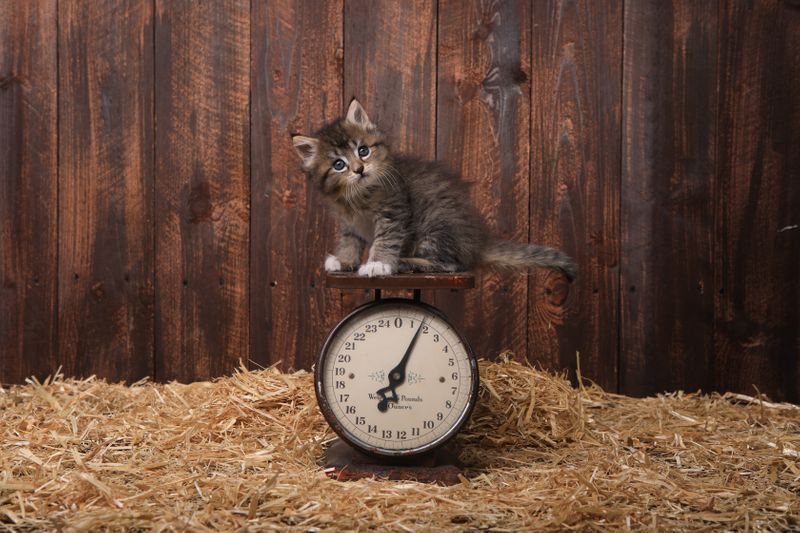
This logo isn't an ad or affiliate link. It's an organization that shares in our mission, and empowered the authors to share their insights in Byte form.
Rumie vets Bytes for compliance with our
Standards.
The organization is responsible for the completeness and reliability of the content.
Learn more
about how Rumie works with partners.
Christmas is fast approaching and it's time to send some gifts to loved ones.
 Photo by Jiawei Zhao on Unsplash
Photo by Jiawei Zhao on UnsplashYou go to send a package and the shipping company says your package's gross weight is 10 lbs (4.54 kg) and its net weight is 9 lbs (4.08 kg).

Learn the difference between gross weight and net weight so you'll never be confused at the post office again!
Net Weight
Whenever you want to weigh an item, whether for shipping or a science experiment, that item's weight by itself is the net weight.
If you're trying to ship an item, you'll usually put it in a box to ship it. The net weight does not include the weight of the box, only the item inside the box.
Likewise, if you're weighing liquid for a science experiment, you're likely to put the liquid in a beaker, flask, or graduated cylinder. The net weight does not include these instruments, only the liquid itself.
 Image from Vecteezy
Image from Vecteezy
Gross Weight
Did you know?
This Byte was created by a volunteer professional that wanted to share this insight to help you succeed - no agenda, no cost.
How to Calculate Net Weight
Sometimes, it may be difficult to weigh an item directly. For example, you can't put liquid on a scale, and dumping sugar on a scale would make a mess.
In this case, follow these steps:
Weigh an empty container (package, beaker, bowl, etc.) to get the tare weight
Put the item you want to weigh in the container
Weigh the container with the item in it to get the gross weight
Subtract the tare weight from the gross weight to get the net weight
To sum it up:
Net weight = gross weight - tare weight
 The cat is the item you want to send, so its weight alone is the net weight.
The cat is the item you want to send, so its weight alone is the net weight.

It equals...
 ...the gross weight, which is the weight of the package with the cat inside it...
...the gross weight, which is the weight of the package with the cat inside it...
 ...minus...
...minus...

...the tare weight, which is the weight of the package by itself!
Quiz
You're at the check-in counter for your train ride with your beloved cat inside a travel carrier. The check-in agent says that cats must weigh below 12 lbs (5.44 kg) in order to board the train.
You don't know how much your cat weighs and you can't weigh her because she'll run away as soon was you put her on the scale.

What should you do to find your cat's weight?
 A.
A.
Weigh the travel carrier with your cat inside.
 B.
B.
Weigh the travel carrier with your cat inside.
Guess the weight of the travel carrier and subtract it from the weight of the travel carrier with your cat inside.
 C.
C.
Weigh the travel carrier with your cat inside.
Take your cat out and hold it while you weigh the travel carrier by itself.
Subtract the weight of the travel carrier without your cat inside from the weight of the travel carrier with your cat inside.
Quiz
Which is the correct course of action?
To find out your cat's weight, you need to subtract the weight of the travel carrier by itself (tare weight) from the weight of the travel carrier with the cat inside (gross weight). That's the weight of your cat (net weight).
Take Action
Congratulations, you have earned your diploma from the School of Weights!

Now, as you consider the difference between gross weight and net weight, don't forget:
This Byte has been authored by
Adam Minahan
Learning Designer



